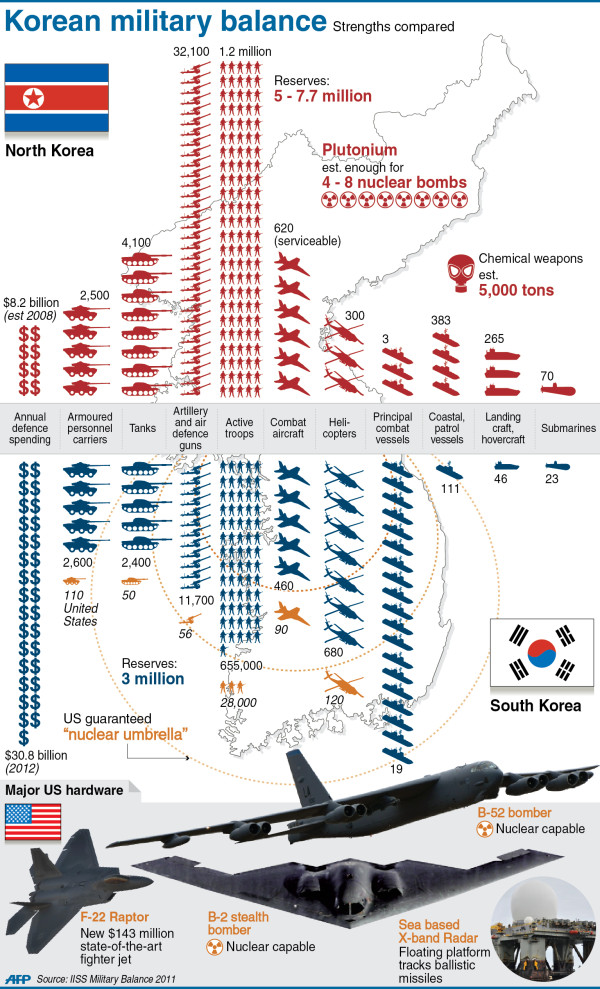In an unprecedented initiative, Cairo was suddenly a very appealing place to be for Egyptian furniture designers, design enthusiasts and curious residents of Old Cairo.
The +20 Egypt Design exhibit was organized for the first time this year, in conjunction with the annual Egyptian FURNEX exhibit that displays local Egyptian furniture companies and brands.
Showcased in the 18th century Bayt El-Suhaymi on Muizz Street in Old Cairo, it was a sight for sore eyes as beautiful contemporary Italian and Egyptian furniture were placed side by side in the various rooms, contrasting in a novel manner against the worn stone slabs and wooden mashrabiya work of the historic home.
+20 was set up to highlight the creative talents and art behind the works of local young designers. Based on the Zona Tortona exhibit that takes place in Milan every year during the furniture and design exhibit week, +20 was a collaborative effort between the Egyptian Furniture Export Council (EFEC), the Ministry of Trade and the Italian company Design Partners, which organizes the Milan exhibit.
+20 Egypt Design comprised several exhibits including art and fashion housed in various historic monuments in the area. Testament to its success, the exhibit caused much congestion on the streets of Old Cairo.
On opening night, Bayt El-Suhaymi was invaded by visitors, socialites, design students and journalists who all eagerly waited to tour the exhibit, curated by established Italian designer Paula Navone. Many foreign guests were also present at the event.
Daily News Egypt spoke to Maurizio Ribotti, CEO of Design Partners, about the initiative which he helped implement in Cairo.
“The story’s start is very simple but amazing,” said Ribotti.
In 2009, Egypt’s Minister of Trade and Industry Rachid Mohamed Rachid paid an unexpected visit to Zona Tortona accompanied by the EFEC. According to Ribotti, the group toured the exhibit and didn’t speak a word to anybody. Afterwards they asked to meet him.
“The minister said, ‘You did an amazing job here, it’s not just because it’s about design but because it’s about the economical impact able to generate on this territory and the image impact you generate for this city,’” Ribotti recalled.
“Seventy percent of our visitors come from abroad from more than 50 countries, and so there are three different perspectives where you can read the situation. And he told me, ‘I would truly like to have this in Cairo.’ …Now we are in charge as general contractors,” he said.
More than just an event, Ribotti said, this year’s exhibit is a starting point of a “long list of initiatives we want to develop. …this is not an action but a process.”
The ultimate goal is to foster and promote a culture of design among the “local industry, artisans, design enthusiasts, everyone because design impacts several sectors and it is a big economic opportunity,” he said, adding that the Egyptian government is ready to seize these opportunities.
Seventy percent of local design and artisan products sourced from the Khan El-Khalili bazaar were used in the exhibit while the remaining pieces were international designs.
“We immediately thought about Paula Navone [to help curate the exhibit] because she’s an amazing professional person and I think she’s one of the few designers who’s able to work on this mix of cultures, which was perfect for this project. I don’t think there’s anyone who could do it better. …she accepted the challenge. She was in charge of the art direction, which was only a small part of the project,” he explained.
Navone’s creative touches were many, from stacked aluminum crockery on display to an Egyptian butcher’s scale next to a kitchen by Amr Helmy. Modern Italian lighting units were placed in a room with imitation Louis XVI furniture produced in Damietta. Ramadan lanterns stood to the side of a modern plush purple sofa in another space.
The effect? Sophisticated and simply stunning.
What was so intriguing when touring the exhibit was recognizing the creativity and talent behind the various pieces, but also the quality of the furniture produced.
“Here you have so many good production plants; [Egypt] is so powerful in this. There are companies and factories much bigger than Italian ones, so you truly have the working force. Of course you have to develop maybe the culture of the products, the quality…I think the quality is good because the finishing of the product is good.
“Of course there’s always room to improve through the material, the detail, the shaping of products. There is a huge future for design in Egypt so the challenge is how to innovate, not only aesthetically, but also functionally, and [in terms of] material.
“I think there is much potential to become an important player on the international design market,” explained Ribotti.
Surprising praise coming from an Italian considering that the Italian furniture industry is a main leader and producer in the field of furniture design.
“It’s because it’s already established, the market is already saturated in a way, here it’s fresh and upcoming which means that a lot of things have to happen, so there are opportunities. So this is how we perceive it as Occidentals. I have a very strong feeling about this potential.”
Ribotti was pleasantly surprised during the planning stages and development of the +20 exhibit. “In my point of view Egyptians are very smart, very efficient, very much looking forward [to the future], we are so surprised for that because it’s not so usual to find this approach from Italians or British. They’re also open to receive criticism.”
The long-term hope, explained Ribotti, is to develop a symbiotic relationship of creative talent and production between Egypt and the international design community, “cross fertilization in a way,” stated Ribotti.
The exhibit is also about promoting the potential of marketing Egyptian design abroad, and integrating a worldly awareness of design in the Egyptian market.
But does Egypt have the potential to start taking its designs abroad? Ribotti, with much conviction, was pleased with many designers exhibited, several of whom he’s invited to show their pieces at Zona Tortona next year.
“One that impressed me a lot because I think it could become more and more an international and well-known company is Amr Helmy Designs…because they produce kitchen pieces by putting together corian and wood in a very smart way.
“Dina Shoukry’s ‘My Shisha’ table is very well crafted. Very colorful, very nice shaping, and the materials are very good and so is the finishing.” Both brands Ribotti feels can approach the international market successfully.
“Sometimes it’s not a matter of the big story of a big company, it’s about the idea, the soul that is behind the product.”
So pleased with the outcome of the exhibit on opening night, Minister Rachid has already requested that Ribotti start planning next year’s event.
“He said let’s just start to talk as soon as possible for next year, which is the best goal we can get and the best words we can get from him on the first day of the event.”



